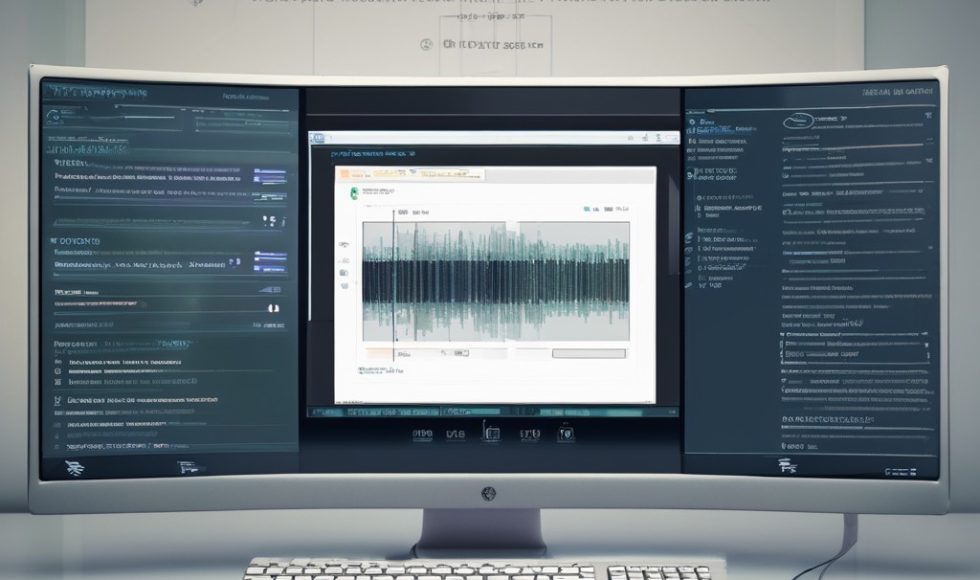I want to learn how to fully utilize Dorado base calling features. Tonight, I watched Susie Lee, Technical Product Manager for Basecalling and Models at Oxford Nanopore Technologies, present the latest updates to Dorado at London Calling 2024. They explained Dorado as a software tool that “powers Nanopore basecalling and more” by taking raw signal […]
Tonight, I watched the London Calling 2024 session on “Optimizing QC testing of mRNA vaccines and therapeutics.” Telmo Graca from Lonza, Switzerland, was the speaker for this session. They had learning objectives for the ten-minute talk. The three learning objectives focused on providing an overview of the requirements for mRNA therapeutics, the collaboration process between […]
Danny E. Miller from the University of Washington spoke at London Calling on the clinical applications of long-read sequencing. The title of this session was “Long-read sequencing as the future of clinical genetic testing.” Miller started with three points. The first was that long-read sequencing will change clinical testing within five years. The second reason […]
I watched the London Calling 2024 session about DNA and RNA modification calling tonight. Adrien Leger, Director of Modified Base Research at Oxford Nanopore Technologies, was the presenter. They explained how the research team trains a modified basecaller using synthetic oligos. There is primary and secondary validation with known oligos. Accuracy and several other metrics […]
Seanne P. Buckwalter from the Mayo Clinic spoke about “Rapid analysis of drug resistant M. tuberculosis complex” at London Calling 2024. The Mayo Clinic has numerous locations, and the three main ones, Buckwalter noted, are in the US. Buckwalter supports the mycobacteriology/mycology laboratory with fifty-six employees, nine BSL3 rooms, and over 48,000 mycobacterial cultures performed […]
Devin Oglesbee from the Mayo Clinic spoke about “Nanopore sequencing medically relevant ‘dark’ genomic regions” at London Calling 2024. The Mayo Clinic has several locations and is interested in learning about dark/camouflaged genomic regions that are “not being met in the clinical laboratory.” Oglesbee spoke about the difference between “dark by depth” and “dark by […]
Hanlee Ji from Stanford University presented at London Calling 2024 on “Genomic sequencing for characterizing tumor minimal residual disease versus early cancer.” Ji spoke about apoptosis and circulating tumor DNA. Ji and the team evaluated the recurrence of metastatic colorectal cancer with circulating DNA monitoring. Early detection of breast cancer can benefit from nanopore sequencing […]
Tonight, I watched the London Calling 2024 EPI2ME Product Demo. The session title is: “EPI2ME: democratising bioinformatics – from point-and-click analysis to custom integrations.” Sarah Griffiths, ONT Bioinformatics Workflow Developer, gave an overview of the EPI2ME workflows. The workflows use Nexflow and containers. At the time of recording, they had seventeen workflows. Griffiths noted that […]
Helen Gunter from the BASE mRNA Facility at the University of Queensland in Australia spoke at London Calling 2024 on “Innovations in mRNA vaccine precision manufacturing.” BASE is the largest mRNA manufacturer in Australia, supplying commercial, government, and academic research labs. The plasmid is amplified, linearized, and used as a template to transcribe the mRNA. […]
Tom Walsh from the University of Washington in the USA spoke at London Calling about “Discovery of deeply intronic damaging mutations with nanopore sequencing.” Walsh explained that in the 1990s, genetic testing for predisposition to breast cancer began. In the 200s, additional cancer-risk genes were discovered. Now, there are numerous panels and ten genes for […]











